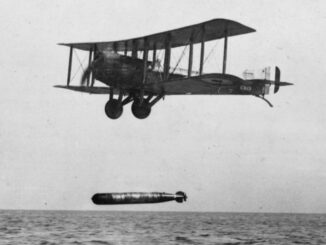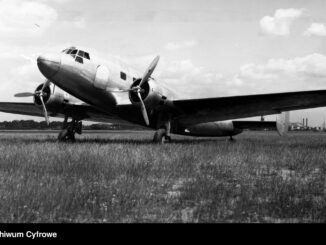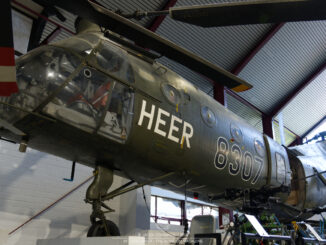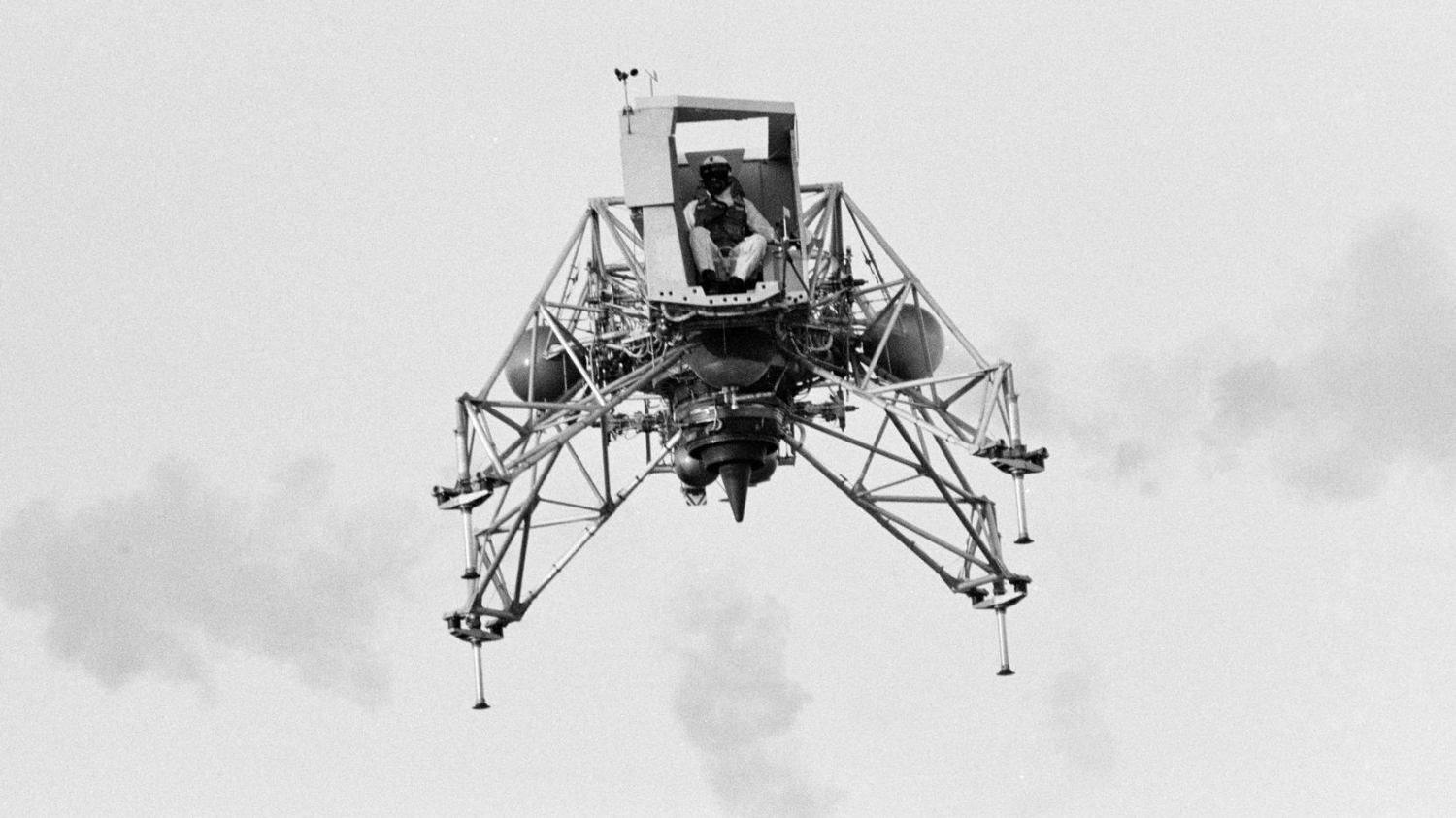 On 3rd October 1968, the Lunar Landing Training Vehicle #1 (LLTV-1) performed its maiden flight at Ellington Air Force Base.
On 3rd October 1968, the Lunar Landing Training Vehicle #1 (LLTV-1) performed its maiden flight at Ellington Air Force Base.
The flight between lunar orbit and the surface of the Moon – and back – was one of the most critical phases of the Apollo programme. NASA concluded that attempting a direct landing on the Moon with the heavy Apollo spacecraft would pose an excessive risk to the crew. Therefore, a separate vehicle – capable of carrying two astronauts to the lunar surface and returning them safely to orbit – had to be developed
In 1962, the contract for the spacecraft, initially designated the Lunar Excursion Module – LEM, was awarded to Grumman and its four subcontractors: Bell Aerosystems, Hamilton Standard, Marquardt and Rocketdyne.
Before the LEM (later known as the Apollo Lunar Module – LM) could make its first lunar landing, several challenges had to be overcome. These included understanding behaviour of the vehicle in a low-gravity environment and developing new piloting techniques that were essential for operating a spacecraft designed to fly exclusively in space.
At the end of 1964, Bell Aerosystems built two experimental vertical take-off and landing aircraft, designated the Lunar Landing Research Vehicle (LLRV), but commonly referred to as the “Flying Bedstead”. Each of the vehicles was equipped with a single jet engine mounted on a gimbal, adjusted to offset five-sixths of its weight, thus simulating lunar gravity and allowing stable vertical flight. In this way, the LLRV could mimic the behaviour of the future Lunar Module, providing the first practical experience necessary for developing the landing craft.
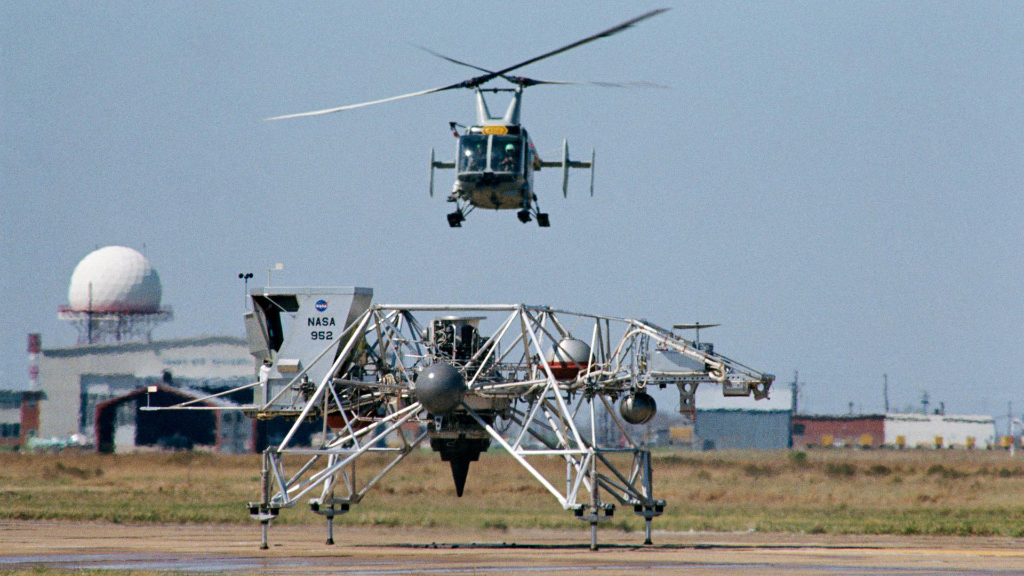
As the next step, three examples of the LLTV were constructed. The first was delivered to Ellington Air Force Base in June 1968. On 3rd October of that year, the vehicle performed its maiden flight, piloted by Joseph S. “Joe” Algranti, Chief of the Aircraft Operations Office at the Manned Spacecraft Center in Houston, Texas. The flight lasted eight minutes and an altitude of 50 feet was reached.
The LLTVs were used to train astronauts, allowing pilots to familiarise themselves with handling of the Lunar Module and master their landing skills. Operating the training vehicle was extremely demanding, and several accidents occurred during the programme. Fortunately, the LLTV was fitted with an ejection seat, which saved the lives of at least three pilots: Algranti as mentioned above, as well as astronauts Neil Armstrong and Eugene Cernan.
On 20th July 1969, Neil Armstrong successfully landed the Lunar Module “Eagle” on the surface of the Moon. Although he had completed twenty-one flights in the LLRV and a further six in the LLTV, the actual lunar landing took longer than expected, exceeding the duration of any previous simulation. NASA’s post-mission analysis confirmed that, at the moment of touchdown, the LM had enough fuel for only 45 to 50 seconds of powered flight.
The LLTV-1 and LLTV-2 were both lost in accidents during the training programme. The final vehicle in the series, the LLTV-3, had been preserved and is currently on display at the Johnson Space Center.
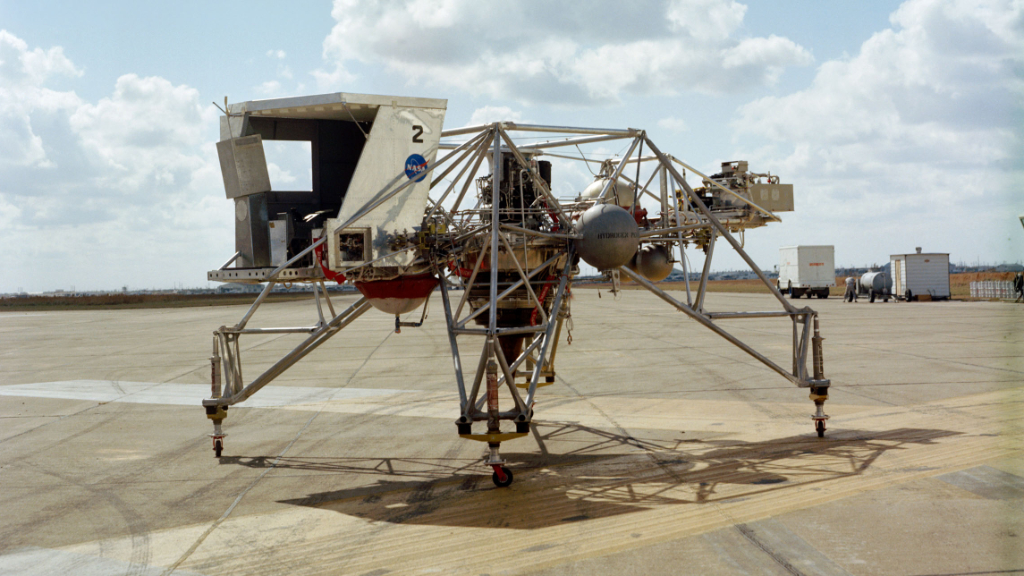
More information about the Apollo programme and astronaut Neil Armstrong can be found in our previous articles – 5 August 1930 – Neil Armstrong is born and Fifty years since one small step for a man…
Cover photo: Inflight view of Astronaut Neil Armstrong flying the Lunar Landing Training Vehicle (LLTV) at EAFB. EAFB, Houston, TX (1969), NASA: s69-37036.
All photos © National Aeronautics and Space Administration. Information from NASA press releases and information materials were used.

